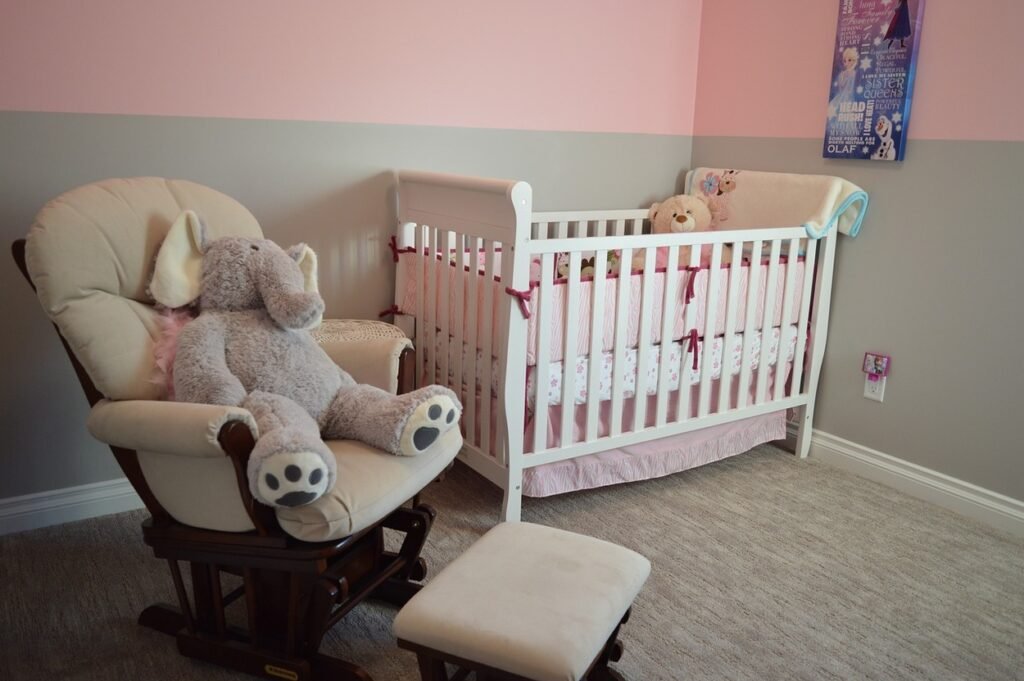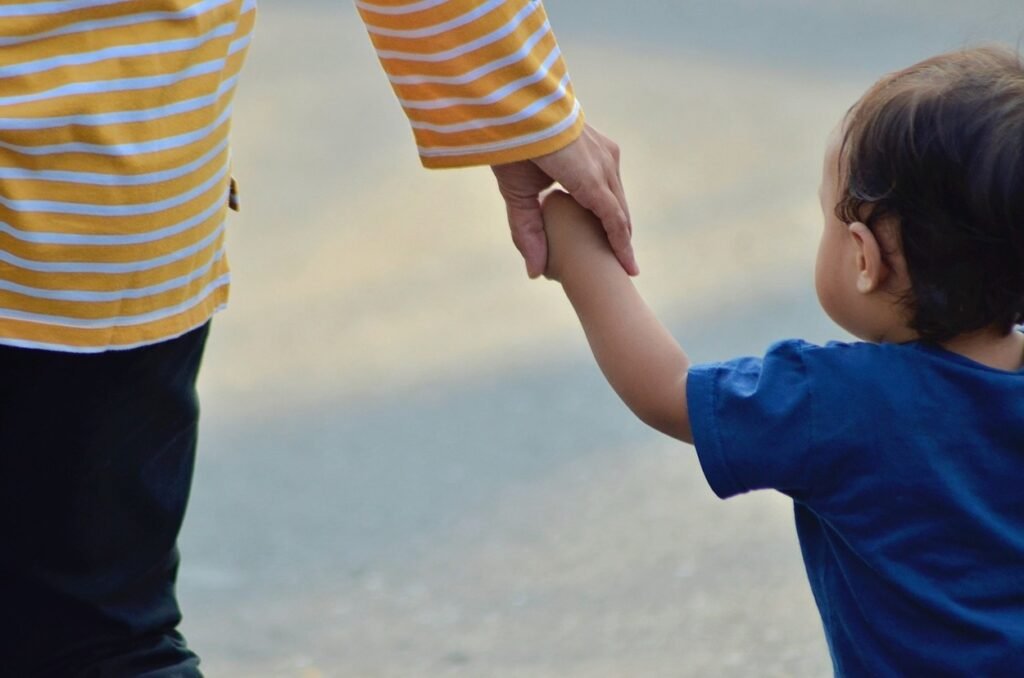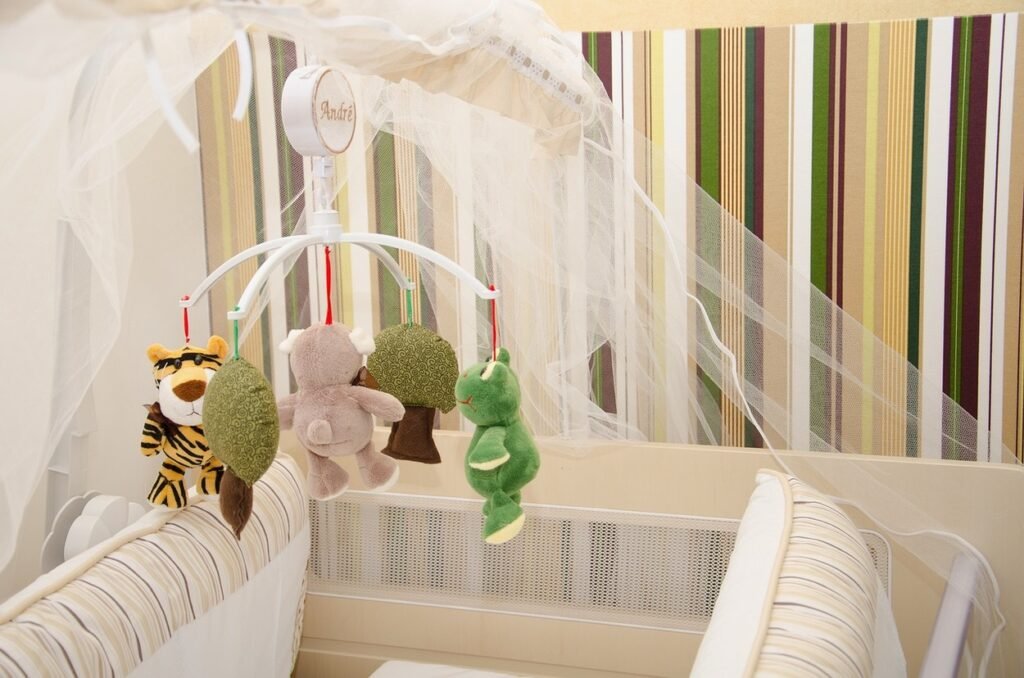If you’ve recently found yourself squinting at bed dimensions and muttering, “Are toddler beds and cribs the same size or is this just a trick question?”—I’ve been there. Let’s break down the differences (and the surprising similarities) in toddler beds and cribs.
From my personal experiences (spoiler: I didn’t get it right the first time), I’ll help you figure out the best sleep setup for your little one. And don’t worry, a bit of humor is included for the parents running on two cups of coffee and three hours of sleep.
The Dimensions Breakdown: Cribs vs. Toddler Beds
To start, let’s address the actual sizes, because measurements can feel like trying to decipher a toddler’s scribbled artwork.
Standard Crib Dimensions
Most standard cribs are around 28 inches by 52 inches, which aligns with the standard crib mattress size. Now, if you’re browsing online or in stores, look for a label that says “standard crib” because “mini crib” or “convertible crib” can add to the confusion.
Standard cribs have a fixed, enclosed design—four high rails to keep your little one safe and sound. They’re the sleep cages for infants, and let’s be honest, we wouldn’t have it any other way in those first few months.
Toddler Bed Dimensions
Here’s where the sizing gets a little tricky. Most toddler beds actually use the same mattress size as a standard crib: 28 inches by 52 inches. Yes, you read that right! If you already own a crib mattress, chances are it will fit a toddler bed. But the bed itself might be shorter in height and have lower side rails or none at all. These beds are designed for little ones transitioning from cribs but are not quite ready for the big-kid bed yet.
When my younger one hit that age where she was literally climbing the walls of her crib, we thought we had to go all-in on a new bed. But, thankfully, a toddler bed was the simple fix—same mattress, new bed, the same child bouncing around.

But Why the Same Size?
You’d think transitioning from a crib to a toddler bed would come with a big change in mattress size, right? After all, moving from the “baby stage” to the “big kid” phase is monumental! So why, then, do most toddler beds use the exact same mattress as a standard crib?
There’s actually some sound reasoning behind this decision—both for practical and child-centered reasons. Let’s dive into why the sizes stay the same and why that’s a great thing for everyone involved!
It’s All About Familiarity
From a child’s perspective, switching from a crib to a toddler bed that feels the same size can be less intimidating. Imagine being suddenly thrust into a king-sized bed from your cozy cocoon. Sticking with the familiar mattress size helps them adapt more easily to sleeping in a bed without the high crib rails.
When I told my daughter we were getting her a “big-girl bed,” she gave me a look like I had just proposed moving to Mars. After the big switch (same mattress, different frame), she adjusted quickly, and bedtime was far less chaotic than I’d expected.
Mattress Reuse (Because Kids Outgrow Everything So Fast)
There’s also a practical reason behind toddler beds using the same mattress: kids grow out of things ridiculously fast. Those little onesies and newborn sleepers? They barely last a month. Having a mattress that can transition with your child is a small win in a world of constant kid experiences.
When Should You Switch from Crib to Toddler Bed?
So, when exactly should you make the switch? There’s no magic age, but typically, 18 months to 3 years is the range when most parents think about moving their kids to a toddler bed.
Signs Showing Child is Ready for a Toddler Bed:
- Crib escapes: If your toddler has started scaling the crib like a tiny ninja, it’s time to think about a bed that doesn’t encourage acrobatics.
- Height and Weight Considerations: Many cribs have weight limits of around 35-50 pounds, so when your child is nearing this range, a transition is ideal.
- Potty Training: If your child is potty training or beginning night-time potty independence, a toddler bed allows easier bathroom access.
When my son, at just over two years old, tried to use his crib rail as a pull-up bar, I knew it was time to transition. Let’s say we opted for the toddler bed for everyone’s safety and peace of mind.

Why Choose a Toddler Bed Over a Twin Bed?
The age-old debate: if toddler beds and cribs are the same size, why not just skip the toddler bed and go straight to a twin? I considered it myself—thinking, “Why not just invest in the next big thing?” Here are a few reasons why we decided to stick with a toddler bed for a while.
Lower Height = Safer Falls
Toddler beds are closer to the ground, which means if (or, let’s face it, when) your little one rolls out, it’s a shorter fall. When they’re just starting to learn to sleep without the guardrails, that lower height is a bonus for safety.
Familiar Comfort
Again, having the same mattress and bed size from crib to toddler bed creates less disruption. It’s like upgrading to a newer model without changing too much of the original.
Cost-Effective Option
If you already have a crib mattress, it makes sense to use it in a toddler bed for a couple more years. Skipping the twin bed until they’re truly ready for that big upgrade can save a bit of cash (always helpful when dealing with ever-growing clothing and toy costs).
Pros and Cons: Crib vs. Toddler Bed
Now that we’re up to speed on dimensions, here’s a quick pro/con list to summarize the differences.
Crib Pros:
- Safety rails keep babies secure: With high bars, it’s hard for babies to escape.
- Stable design: Cribs are sturdy and won’t wobble, even if your child’s favorite bedtime activity is bouncing up and down.
Crib Cons:
- Limited use: Your child will outgrow it sooner than a toddler bed.
- Transition time: Some kids find the transition from crib to bed more challenging.
Toddler Bed Pros:
- Lower height: Reduces injury risk during falls.
- Same mattress size: Easy for those who already own a crib mattress.
- Fun designs available: Many toddler beds come in themes like cars, princess castles, or animals.
Toddler Bed Cons:
- Outgrown faster: Kids outgrow toddler beds in just a couple of years, meaning you’ll likely need a twin bed next.
- Less room for active sleepers: Some kids like more space, and a toddler bed can feel cramped if they’re used to spreading out.
Tips for a Fluid Transition to a Toddler Bed
From my experience, here are a few tips to make moving from crib to toddler bed a breeze (or at least manageable):
- Make it Exciting: Involve your child in choosing bedding or a favorite stuffed animal to make the toddler bed feel special.
- Add Side Rails if Needed: Some toddler beds come with side rails; if not, you can buy add-on rails for safety.
- Stick to the Routine: Keep the bedtime routine consistent to ease the transition. Storytime, lullabies, or a nightlight can add comfort in the new setting.
- Patience is Key: They may wander at first; it’s normal! Gently guide them back to bed and keep things calm.
When we finally made the switch with my kids, we added a few of their favorite books and a “bedtime buddy” toy to make their toddler bed feel like their own little space. The first few nights, we got some “I miss my crib!” complaints, but by the end of the week, they were snoozing like pros.

Are Toddler Beds and Cribs the Same Size?
In a nutshell, yes and no. The mattress size is often the same, but the purpose and design differ. Cribs are designed for maximum security and restricted movement, while toddler beds help ease the transition to bigger sleeping spaces with their low profile and open sides. Ultimately, if you already have a standard crib mattress, a toddler bed is a smart next step that saves you the hassle of buying a new mattress.
So, the next time you’re squinting at bed dimensions and wondering if it’s worth it to make the switch, remember: it’s less about the size and more about giving your little one the next level of independence. And that moment you see them curled up, fast asleep in their new bed, you’ll know it was worth every inch of decision-making.
